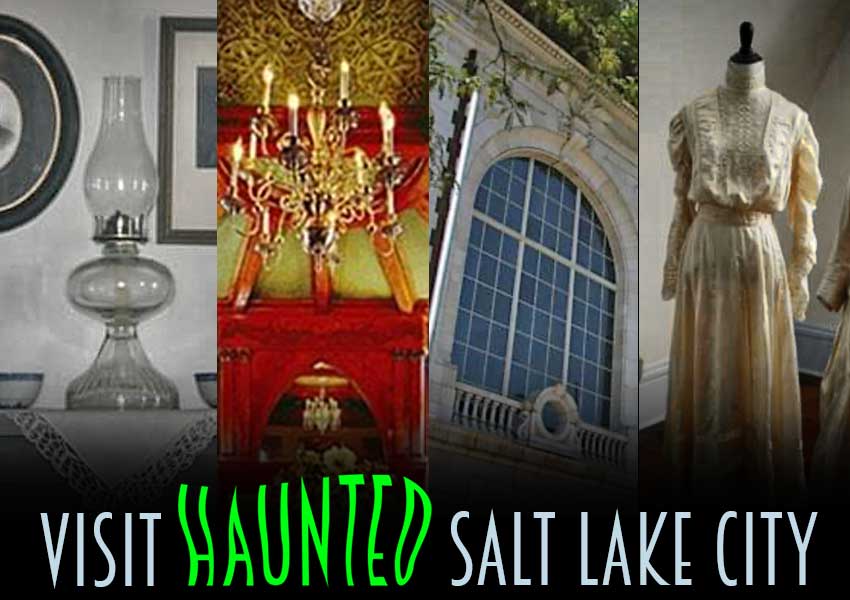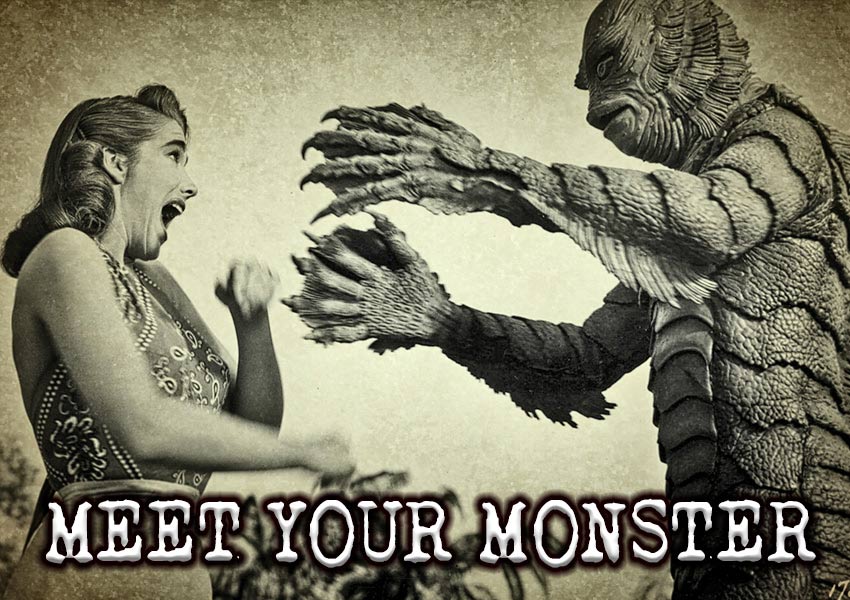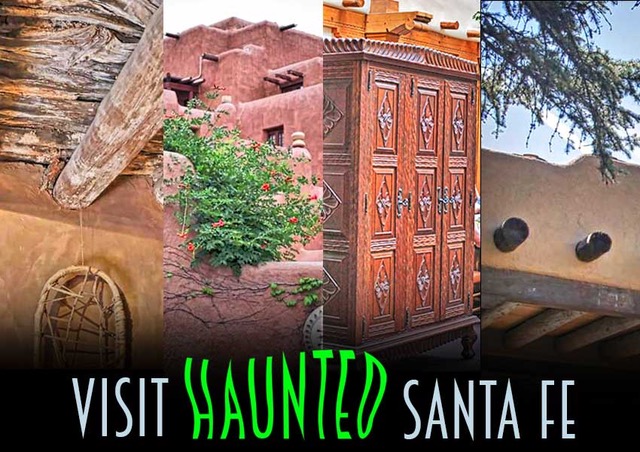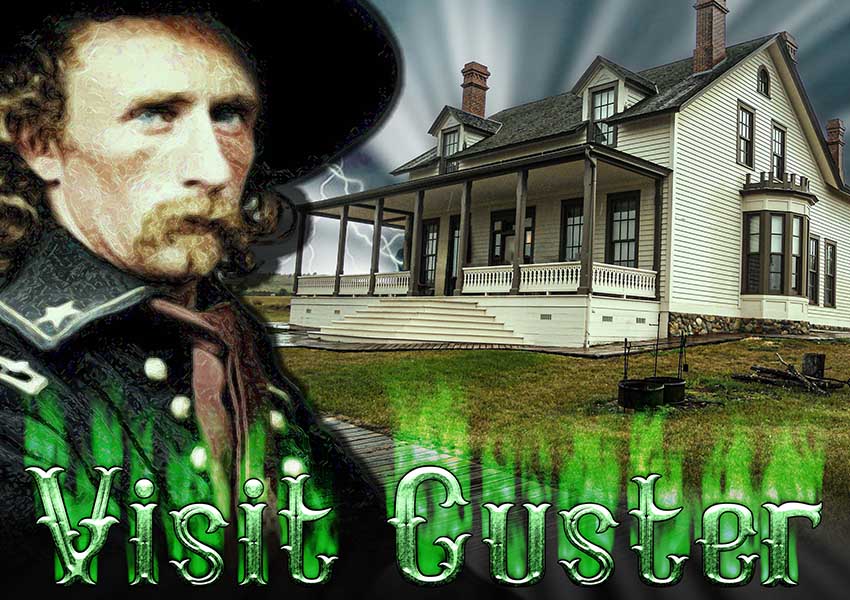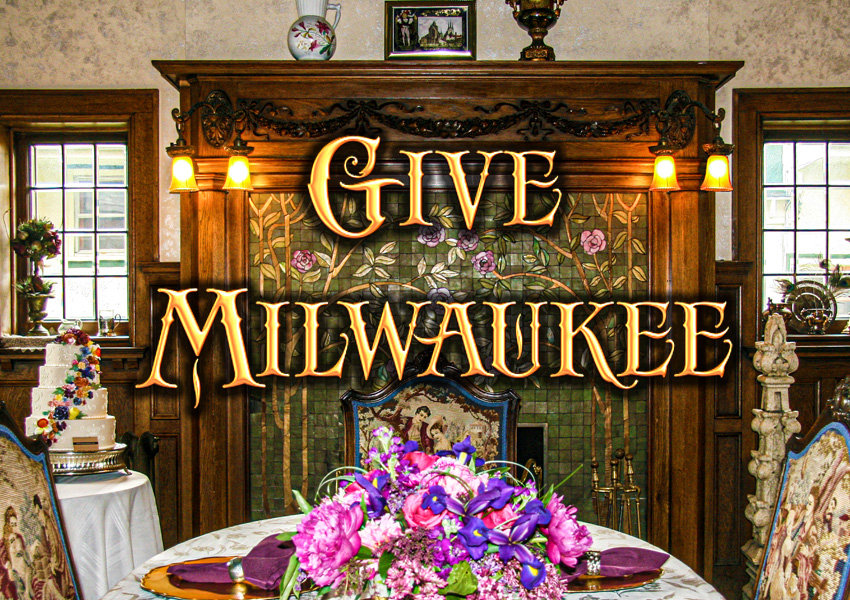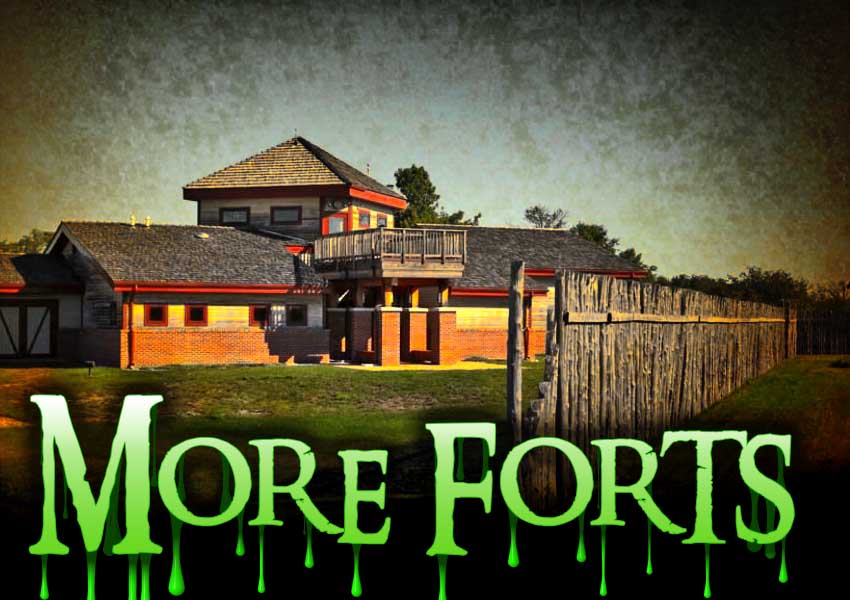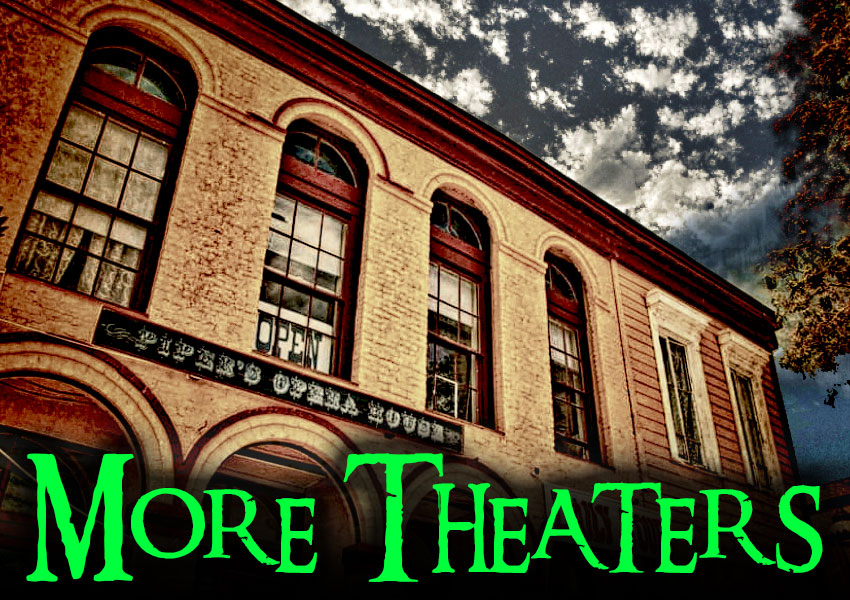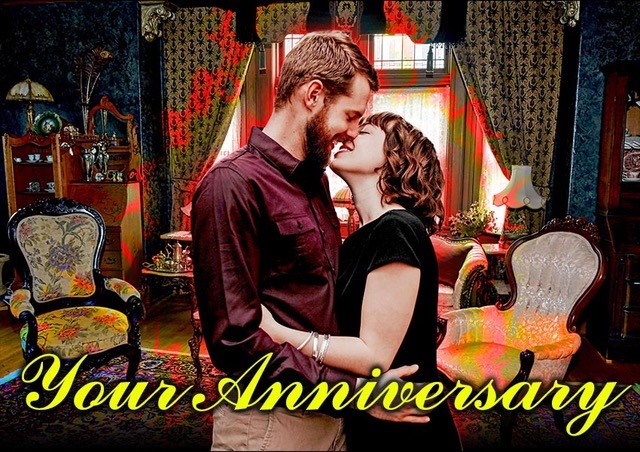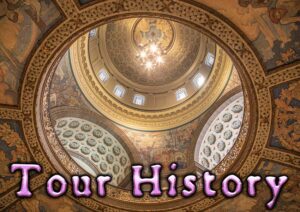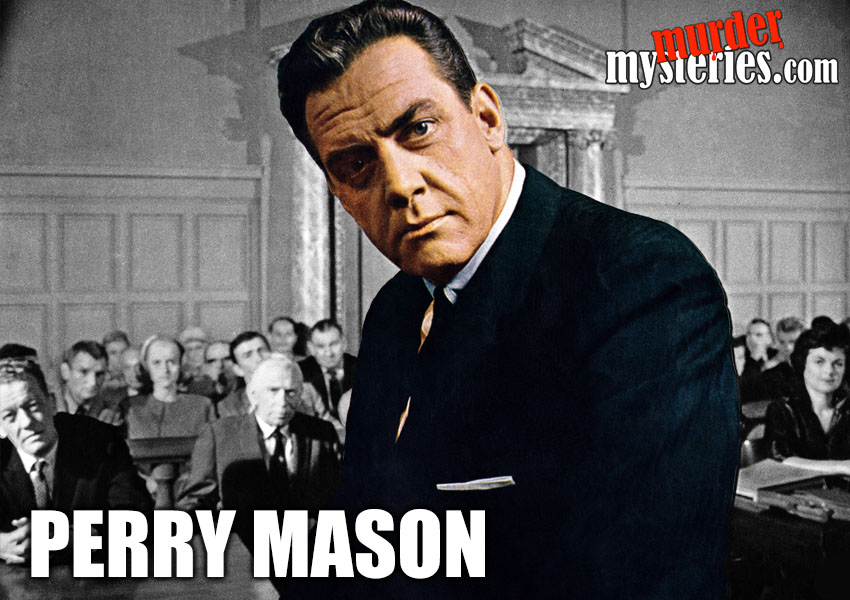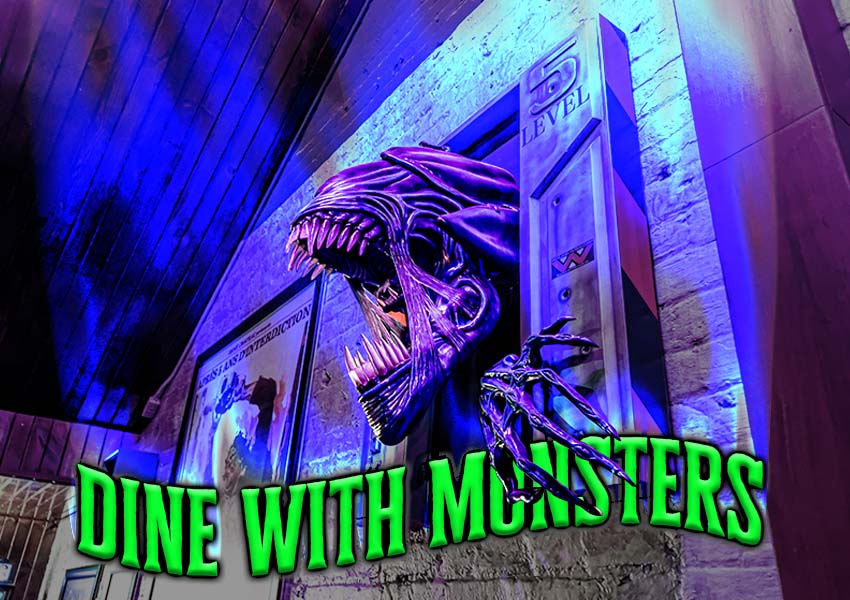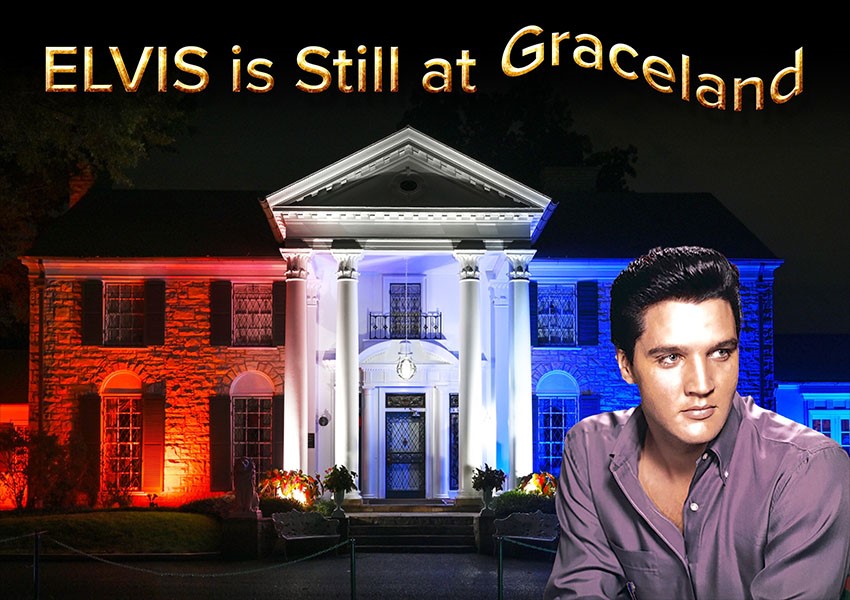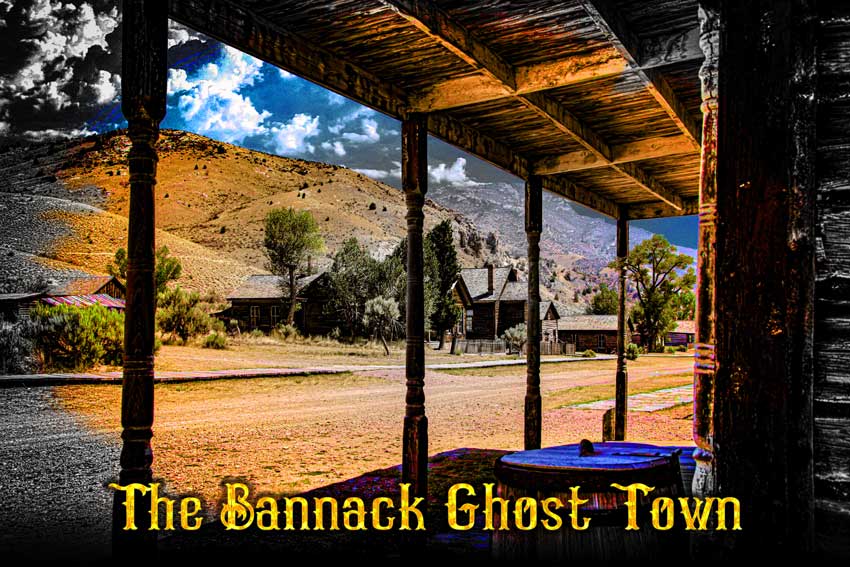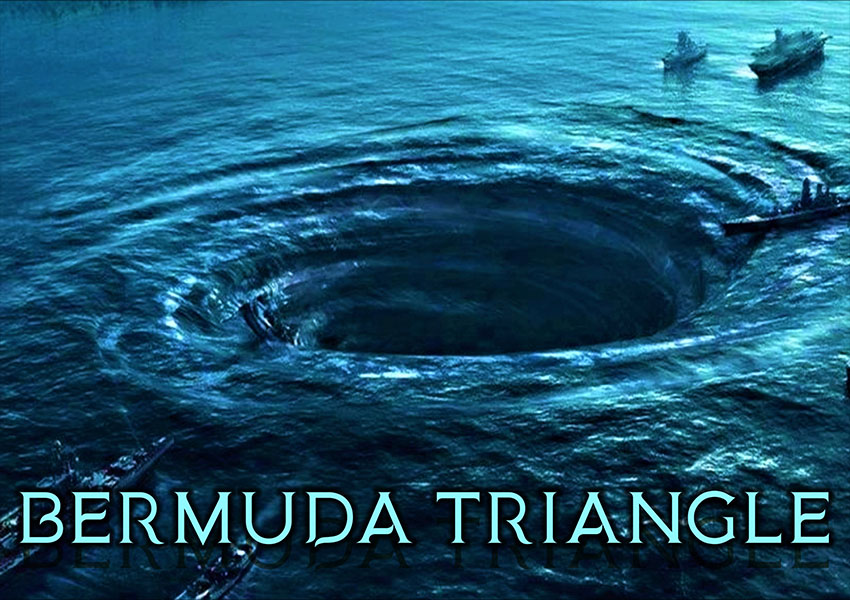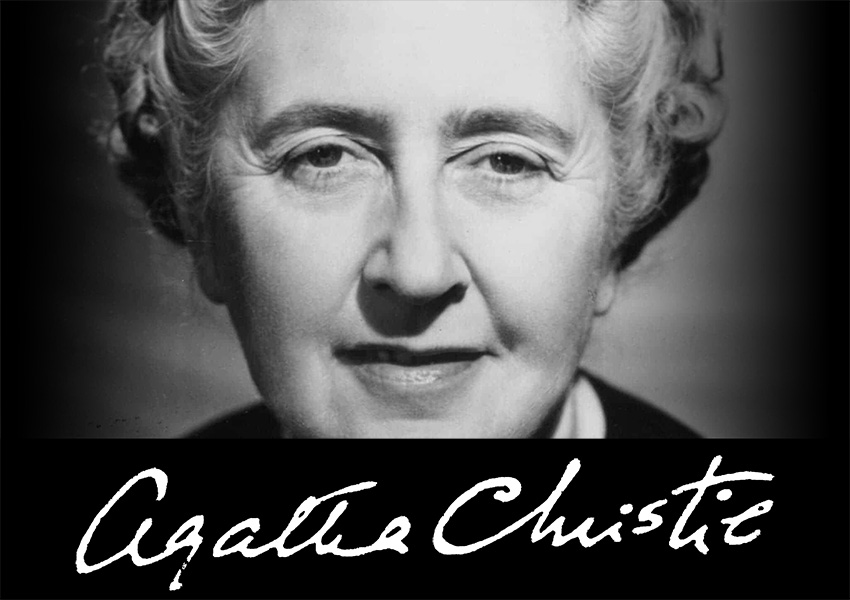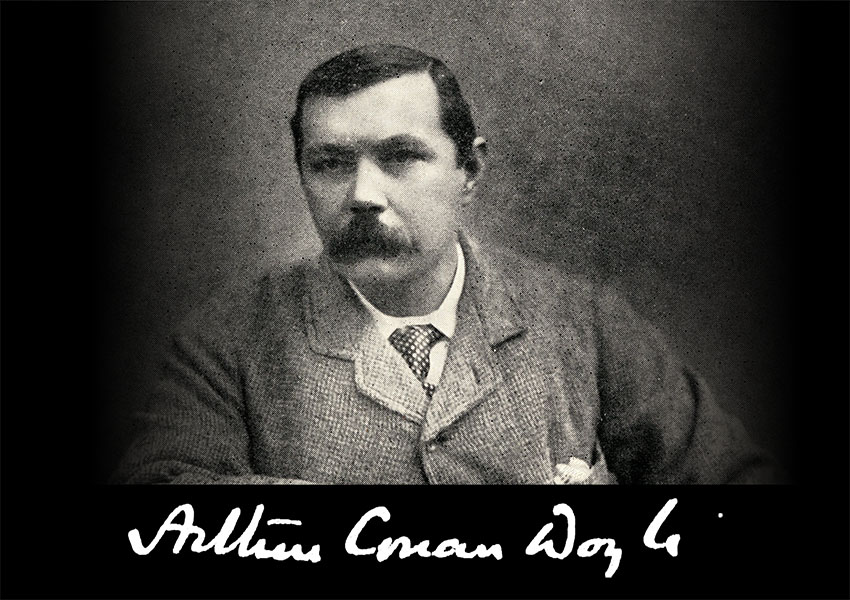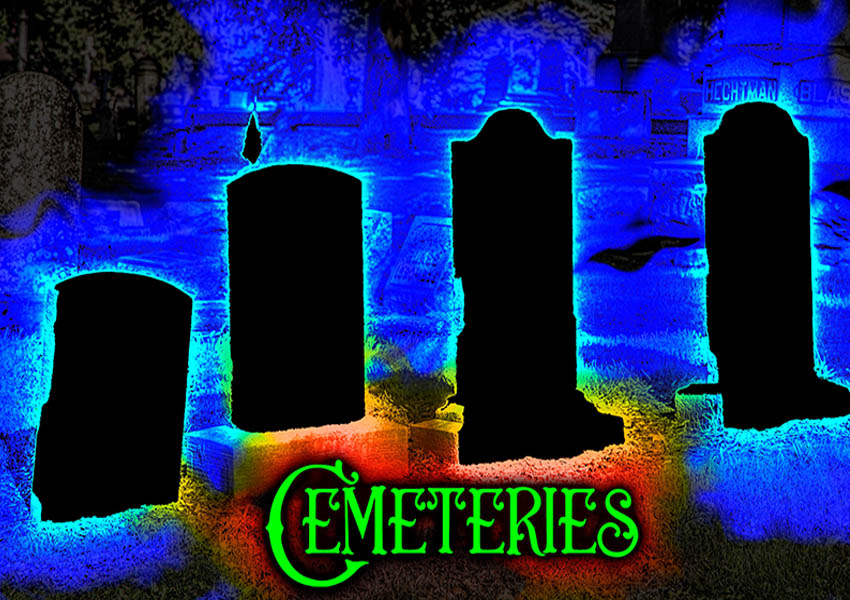Tucson Arizona
Tucson University: Modern Language Arts Building
The spirits of an accosted and murdered female student restlessly searches…
DESCRIPTION
The Modern Language Arts building is a large, expansive, mostly brick structure that is made up of five distinct buildings connected by hallways. It’s home to The College of Humanities and the Departments of English, French and Italian, German Studies, Russian and Slavic, Spanish and Portuguese, with the University Teaching Center and the Office of Academic Services housed in Modern Languages. KUAT, the University’s Communications Group and public radio station are also located here, in the building closest to East University Boulevard.
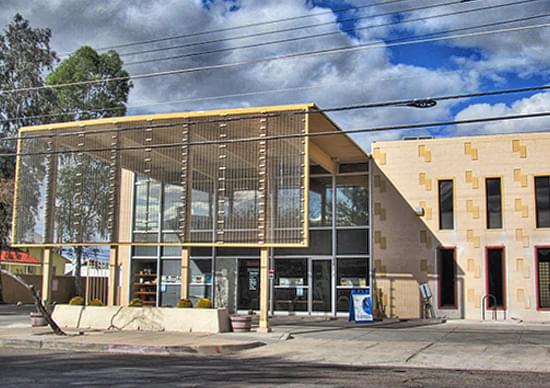
HISTORY
In 1885, the town of Tucson, Arizona, was in need of funds and anxiously waited for their representative, CC Stevens, to return with great news. Stevens had been sent to the Arizona Territorial Legislature in Prescott, which had control of the money, to persuade its political leaders to again make Tucson the state capitol and/or bring home a large grant to build something that would help boost their sagging economy. Tucson had once been the capitol during the years of 1867-1879, and many wanted it to be so again.
In 1885, Stevens came back with what he hoped would be great news. While the backroom deals had already been made by the time he had arrived in Prescott, the city of Tucson was allocated the sum of 25,000 dollars by the Arizona Territorial Legislators to start the first university in the Arizona Territory: the University of Tucson.
However, the leaders and people of Tucson were very disappointed, as they were not only not chosen to be the capitol city again, but they conidered the $25,oo0 to be a puny amount of money. They really wanted the $100,000 for the planned mental institution. They threw veggies, eggs and a dead kitty at poor Mr. Stevens in response to his news. In the long run, the University of Tucson was a much better, longer lasting economic boast for the local economy in the years to come, than a mental institution would have been.
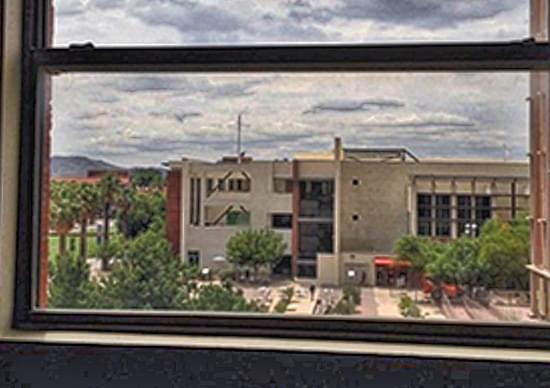
The grant for the university was nearly sent back for lack of anyone in town coming forward with the necessary forty acre land donation, on top of the disappointment that the majority of people felt. However, it was fortunate that Jacob S. Mansfield, who was a member of the new board of regents for the proposed university, found a large piece of land about a mile outside of Tucson and approached the owners to donate it for the planned University of Tucson. In the 11th hour, the owners, two prosperous gamblers, E.B. Gifford and Ben C. Parker, and one saloon owner, W.S. “Billy” Read, decided to step forward and donate the land.
The University of Tucson began its long history as an educational institution when it was chartered in 1885, opening its doors to students in 1891, with much enthusiasm shown by the people of Tucson, who had changed their thinking. It started as a small university, offering degrees in Agriculture and Life Sciences such as Botany, Agriculture and Horticulture, photography, and a school for educating teachers. It also offered a high school program as well, because the Arizona Territory had no preparatory schools. Students would ride their horses to class and tie them up outside.
The University of Tucson started with only six students, while the prep program had thirty-two. It took seventeen years for the University of Tucson to have more students than the prep school. Tucson University had a preparatory high school for twenty-three years. Students were motivated to do their best and probably ask for help when needed. If a student was having academic trouble, the parents were called in for a meeting with the entire staff.
In 1887, the first building constructed known as the “Old Main”, a two story structure that provided classroom space and laboratories for both the university and the prep classes, as well as offices for the staff. Old Main also had room for other needed services and special educational rooms.
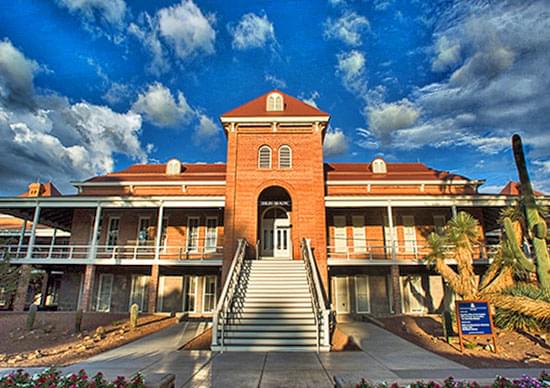
“There were some temporary sleeping quarters for faculty and male students, a kitchen and mess hall, space for a territorial weather bureau, and a photographic darkroom. The University was proud of its equipment, both for teaching and research, and took pains to buy from the best suppliers.”
During the following years, the University of Tucson grew in leaps and bounds, building new buildings for classes and colleges of learning within the university structure. There was an athletic field for their football team by the turn of the century. Their award-winning Polo team also had a field in which to practice, supported by the U.S. Army, until horses were no longer used on the battlefield. More buildings were steadily built, up to World War 2, including a gym, and other buildings commonly found on a university campus.
By 1923, the University of Tucson had greatly expanded what they offered in majors and minors, such as an astronomy degree. They had their own Steward Observatory.
During World War 2, the University contributed to the war effort by becoming a training center for more than 11,000 men, 10,000 of whom were in the Naval Training School. 500 bunk beds were set up in Bear Down Gym, and the basketball floor was covered in masonite.
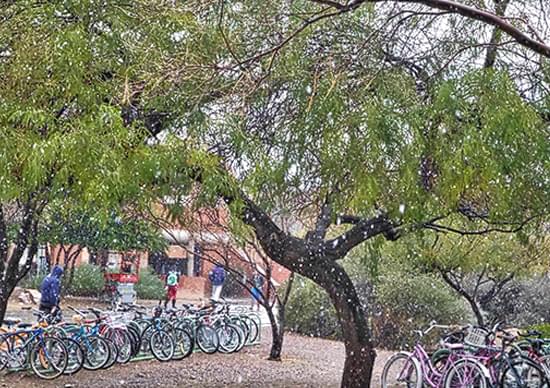
The biggest gift that the University of Tucson received came from the Navy when it renovated and refurbished the much beloved, but dilapidated “Old Main” Building. It was used as the Navy’s wartime Naval Indoctrination School, at a cost of $89,000!
After the war, many men who were trained came back with their families to enroll in the University on the G.I. Bill. Housing for them was built nearby, and many stayed and lived in Tucson.
In the 1950s and ’60s, new buildings continued to be built, such as The Modern Language Arts Building in 1967. By 2016, it had grown into a huge university, honorably known as a Public Flagship Research University, with around 40,000 students enrolled. It offers a superior education in many areas of study, with many colleges and schools, including: the sciences, fine arts, liberal arts, school of education, a pharmacy school, a nursing school, a school of medicine, engineering, and architecture, planning and landscape architecture.
HISTORY OF MANIFESTATIONS
The land the Modern Language Building was built on in 1967 was once the women’s athletic field, which had an old, hand-dug well right next to it. The south wing of the building was built directly over the old well. A young female prep school or normal college student, perhaps studying to be a teacher, was brutally murdered on this athletic field, in the 1900 -1904 time period, and her body was thrown down the well. Uh Oh. A newspaper of the time reported her murder. They may or may not have recovered the body.
When the remains of the deceased are moved, disrespected, or built over, their spirits can become restless and confused.
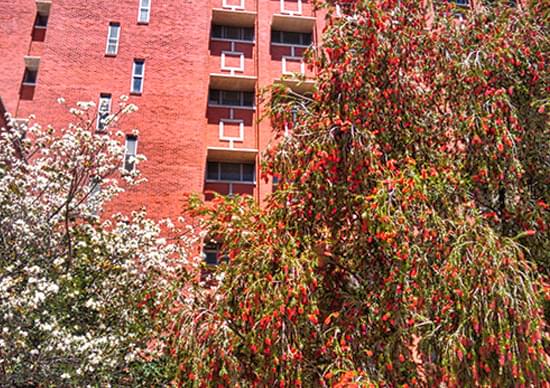
During the construction of the Modern Language Arts Building, it is said that workmen found her skeleton but didn’t call police because it would delay their project. This may not be true, as in 1967, it was the law to report a crime, and surely someone from the university was overseeing their progress. This sounds a little fishy to me. More likely, perhaps they just filled the well with cement or just filled it in with dirt before building on it. Her body would’ve been at the bottom of it and perhaps wasn’t noticed at all if the well was deep. If it was shallow, her body probably would’ve been discovered in her time.
Some report that the workmen threw the bones all over the field, or took bones home as a souvenir, or gave them to a local fraternity.
Another report claims that over time, her bones were not found at the bottom of the well but wound up scattered all over the women’s athletic field, perhaps dragged there by animals. These too could be urban legends as well.
Whatever the scenario, her spirit could be restless because her grave was disturbed and her bones were disrespected, as her right to life was disrespected when she was murdered.
When a spirit is attached to the land where they died, they often move into the structure that is built upon this land, or near the spot of their demise.
This female entity knows that her remains were once in this spot, but now a new building stands there. It is bad enough that she was brutally denied her life, but now a building sits upon her last known resting place.
People who have been brutally murdered, are sometimes restless and stay or visit the place where their life was taken from them, stuck in the trauma of their death, and/or wanting justice.
As she was brutally murdered and perhaps raped as well, she may still be caught up in the pain and emotional terror she suffered at the end of her life. This could be the reason, as it is possible that her body was found and buried by her family. Otherwise, how would the newspaper know that she was murdered? Her murderer(s) may not have been caught and dealt with. The field where the vile deed was done, has a building on top of it-= but it is the place of her death.
People who are working hard toward a goal, and then suddenly die unexpectedly, sometimes try to enter their old life in pursuit of this goal the best they can while in spirit form.
This young one-time student may be drawn to the classrooms, perhaps yearning to continue her education, but she runs away when she goes into a classroom, after being noticed by living students. She knows at some level that she is too different now and doesn’t have permission or the means to join a class.
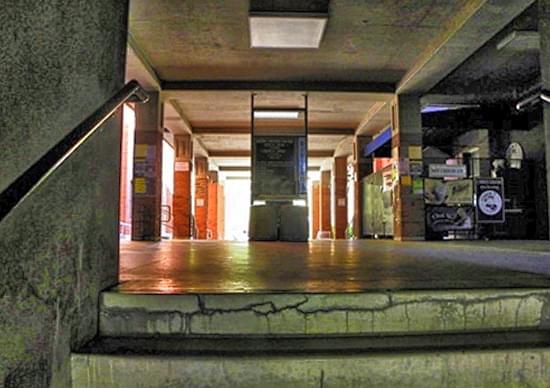
MANIFESTATIONS
Entity of a young female student
Described as being in a solid form, looking very much like a live person. She became active after the Modern Language Building was opened for students.
According to many witnesses, she sometimes wears her black hair pulled straight back, with the part in the middle. Other times, her hair is long and flowing. She wears a shawl that is pulled tightly around her shoulders, and a long, old fashioned skirt from another time period.
She frequently is seen coming in the south wing entrance of this building and is described as being a restless, confused, young woman.
Other students, thinking that she is a living and breathing person, ask her if she needs help. She pulls her shawl tight, and runs away.
Students have seen her enter a classroom, peer around briefly, look confused, and then exit quickly when students notice her.
One evening, a student doing work in the building was alone. She kept hearing footsteps in the hallway, and when she finally quickly looked, no one was visible there.
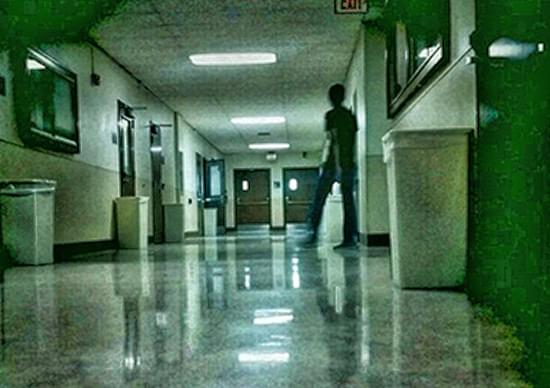
STILL HAUNTED?
Probably so, unless a rescue attempt by a medium was able to help the student spirit let go of this world.
While there isn’t any hard evidence published, there is a newspaper article describing her death, and probably her name if her body was found.
Many people throughout the years have consistently seen her and tried to help her.
It probably would help her find peace if they could find out her name from the alleged newspaper article, and put a plaque or stone of remembrance in her memory on the campus, near the south end of the Modern Language Arts Building.
Many people have experienced a visual sighting of this female entity, thinking that she was a live person.
I couldn’t find any hard evidence in any paranormal investigation publicly posted on the internet that backs up these sightings.
It is a fact that a young woman was murdered here, according to an alleged newspaper report at the time of her demise.

LOCATION
1423 E. University Boulevard
Tucson, Arizona 85719
The Modern Language Arts building is located on the University of Arizona’s campus, in Tucson, Arizona. It is just south from the Spanish and Portuguese building. It sits at the intersection of E. University Blvd. and N. Highland Ave.
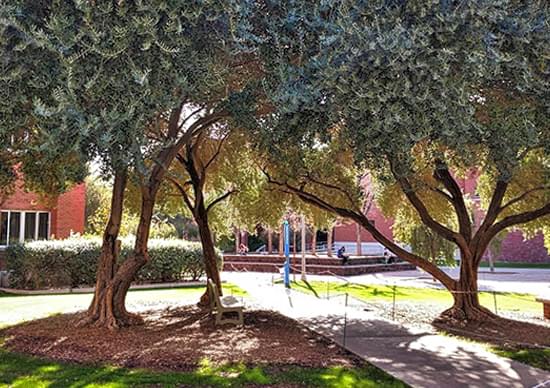
SOURCES INCLUDE
- University of Arizona Wikipedia page
- University of Arizona — Modern Languages Building
- University of Arizona — History and Traditions
- “The Ghost Stories that Haunt the University of Arizona” by Francisco Heredia, for TheTab.com
- University of Arizona — History
Our Haunted Paranormal Stories are Written by Julie Carr




